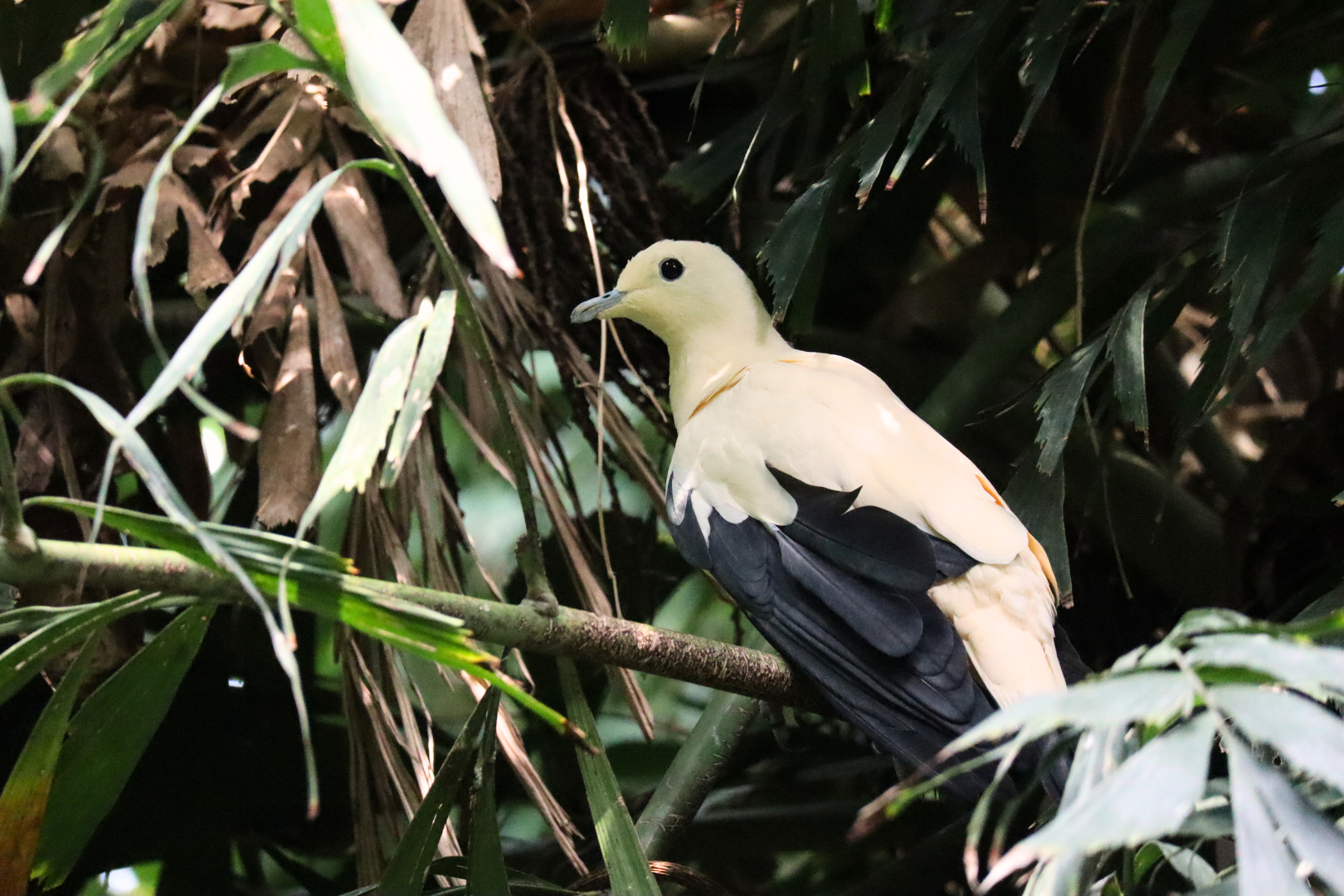I LIVE IN ASIA
The pied imperial pigeon is native to the Philippines and New Guinea. Although they can be found in other areas of southern Asia, they are partial to coastal forest regions of small islands.
I AM A FRUGIVORE
The pied imperial pigeon will almost exclusively eat fruits and berries. Their jaws have small elastic sockets that give them the ability to stretch their jaws to accommodate larger foods. And berries
PIED IMPERIAL PIGEONS ARE SOCIAL
Pied imperial pigeons are a somewhat social bird species. They will often form small colonies of individuals and move with their colony from island to island.
FAR FLYING FOWL
The pied imperial pigeon is known for its agility and is one of the most powerful flyers in the world. Their muscles used for flight are relatively larger than most bird species, something that allows them to fly across large bodies of water as they travel between islands.
HELPING THE PIED IMPERIAL PIGEON IN THE WILD
The pied imperial pigeons at the Fort Wayne Children’s Zoo are enrolled in the Species Survival Plan (SSP). SSP is a program implemented by the Association of Zoos and Aquariums (AZA) to help ensure a genetically viable population exists.
I AM IMPORTANT TO MY ECOSYSTEM
The pied imperial pigeon is a frugivore, meaning they primarily eat different types of fruits. Their diet makes them very important to the environment as they help disperse seed throughout their habitat, something that aids in boosting biodiversity.

